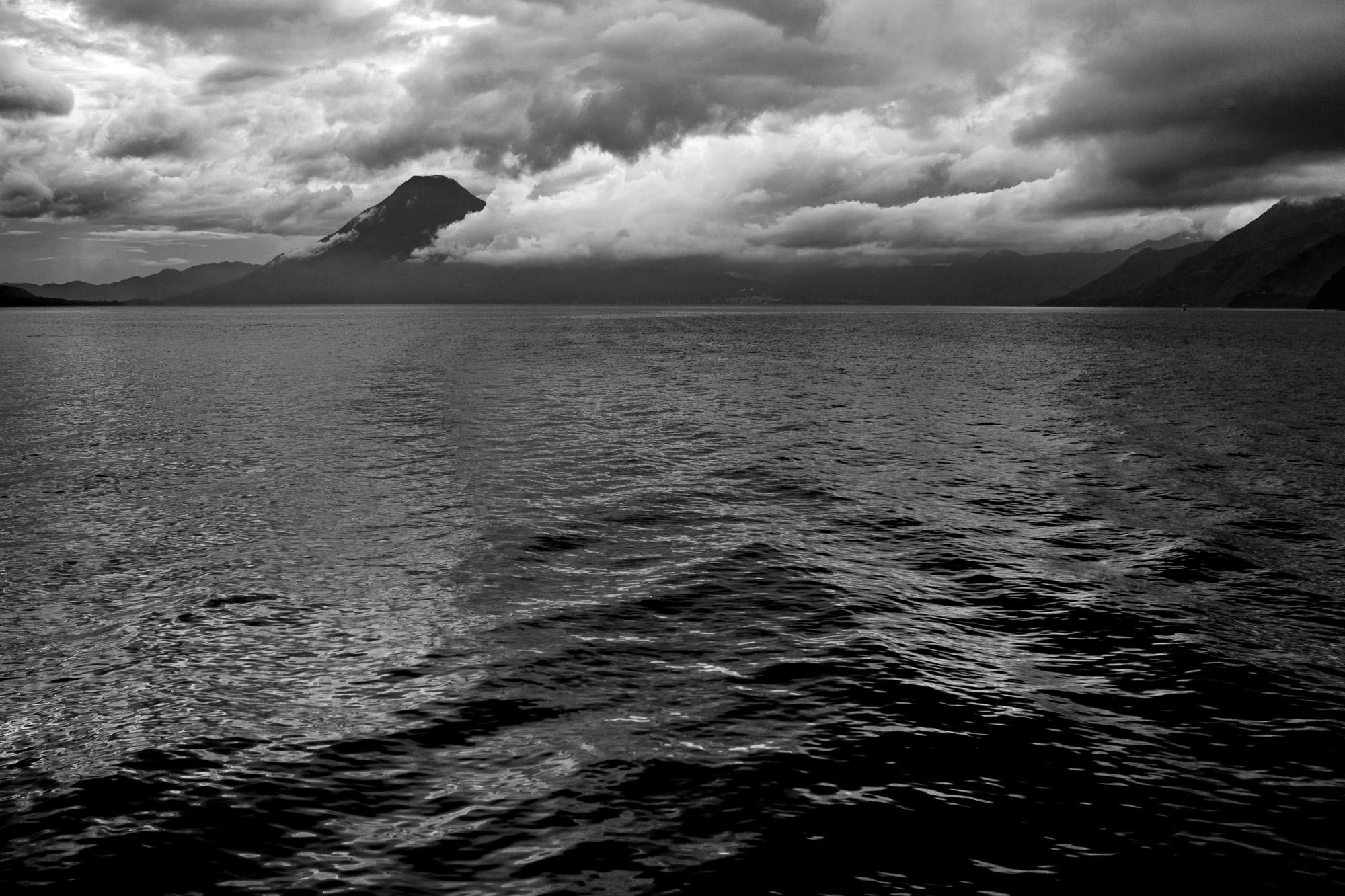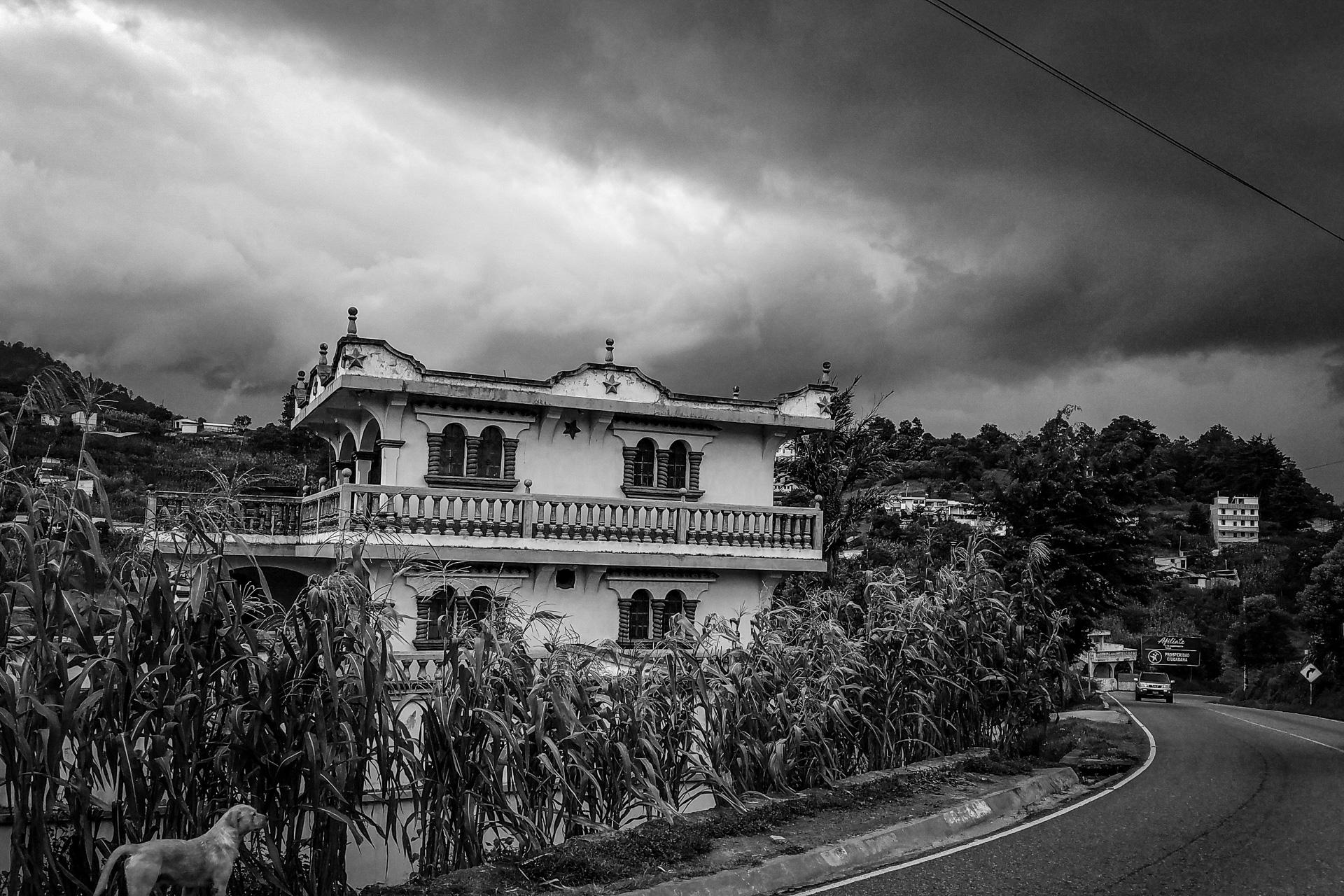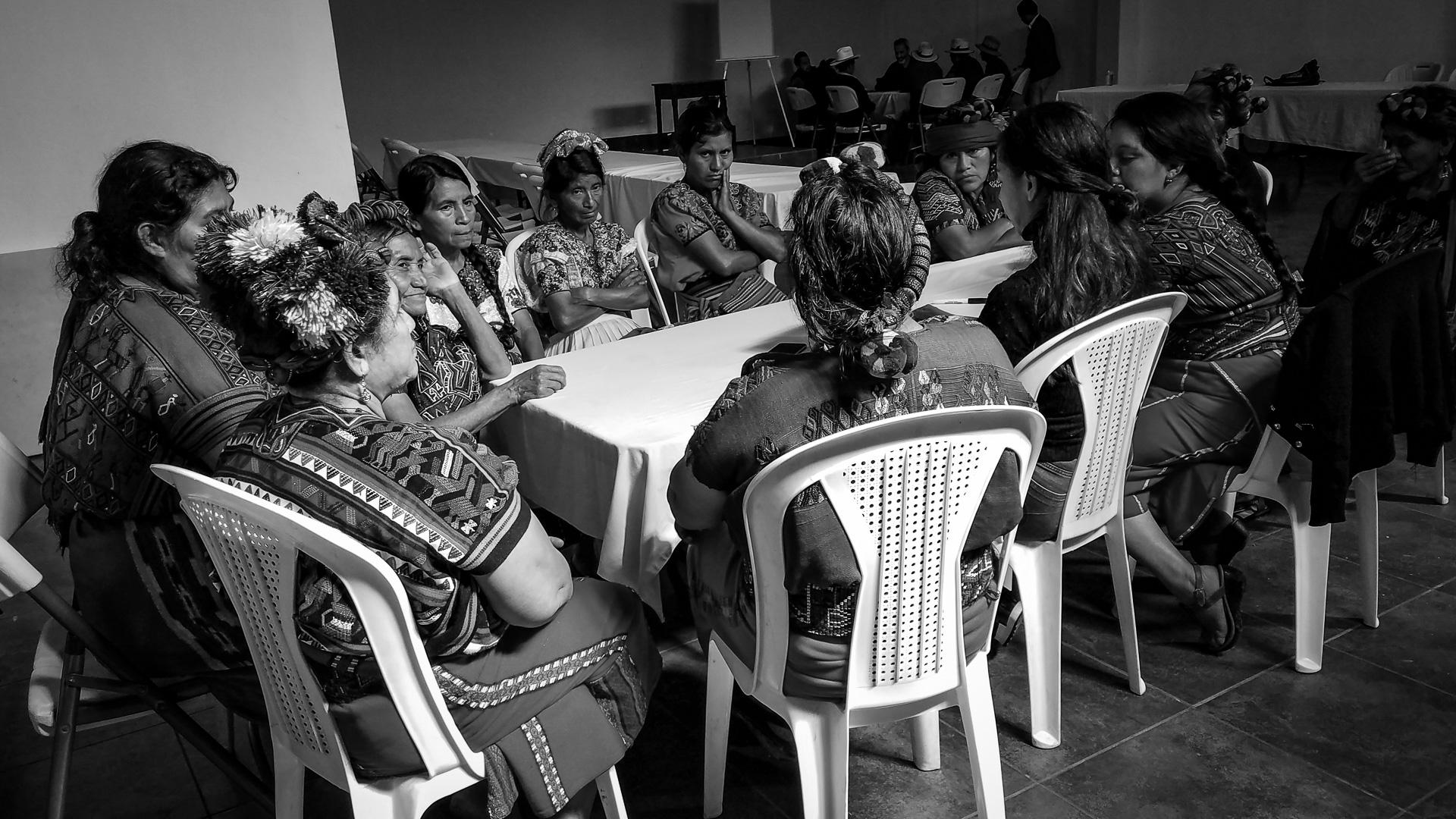Living Truth
"Como no sabemos escribirlo, no lo pudimos escribir, aunque todo esté en nuestro corazón y en nuestra cabeza."
“Since we did not know how to write, we could not write it all down — even though it is all in our hearts and in our minds.”
— Testimony of a survivor of the Guatemalan genocide
Historical Context
The dark chapter of Guatemala’s history, the Civil War (1960–1996), continues to cast its shadow into the present. Rooted in deep social inequality and political unrest, the conflict erupted as government forces clashed with leftist rebels, leaving a legacy of brutal atrocities. Backed by Cold War geopolitics and U.S. military support, the Guatemalan regime carried out scorched-earth campaigns against Indigenous Mayan communities accused of sympathizing with the guerrillas.
Scale of Violence
The scale of the violence was staggering: more than 200,000 people were killed or disappeared, over 600 villages were destroyed, and approximately 83% of victims were Indigenous Maya. In 1999, the United Nations officially recognized these acts as genocide.
Bishop Gerardi and Nunca Más
In 1998, Bishop Juan Gerardi presented the landmark report Guatemala: Nunca Más, the result of the Church-sponsored Recovery of Historical Memory Project (REMHI). Compiling thousands of testimonies, the report concluded that the vast majority of atrocities were committed by government forces. By giving voice to the silenced, it affirmed that truth itself is resistance. Two days later, on April 26, 1998, Bishop Gerardi was murdered outside the parish house of San Sebastián Cathedral in Guatemala City — a stark reminder of the risks borne by those who dared to remember.
Living Memory Today
Today, survivors — especially the Ixil Maya — stand as witnesses for those who can no longer speak. Their testimonies, memorials, and everyday gestures of remembrance resist erasure. These acts express a power greater than violence: the persistence of truth as a demand for justice.
About the Project
This project, Living Truth, documents just a few of the countless expressions of the Ixil people’s collective memory. In landscapes scarred by violence, in faces marked by resilience, and in hands tracing the names of the lost, we see the endurance of a people determined to heal, to carry forward the truth, and to speak for those who can no longer demand justice for themselves.
~Tomás Mejia Paradis, 2025
Credit Note
Photographs made in Guatemala in 2019. Image rights released to the author/photographer Thomas Mejia Paradis in 2024.





















